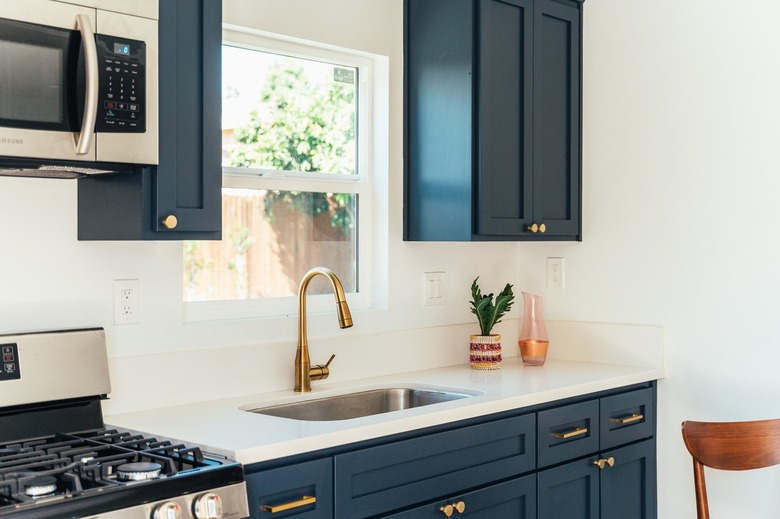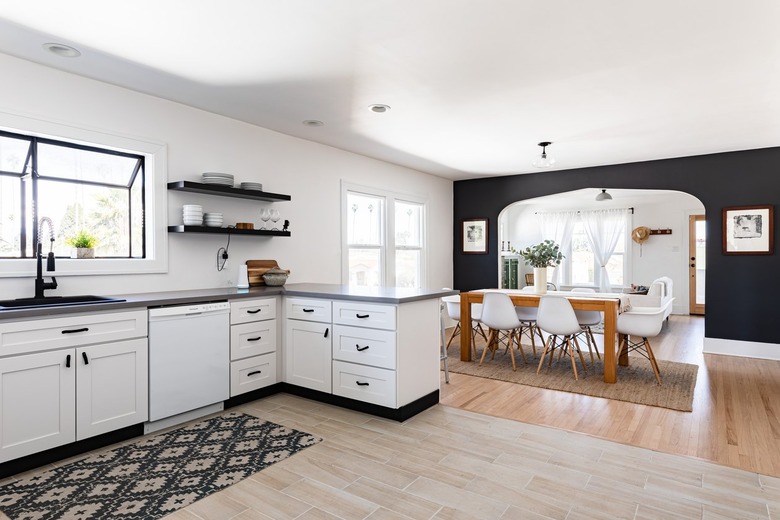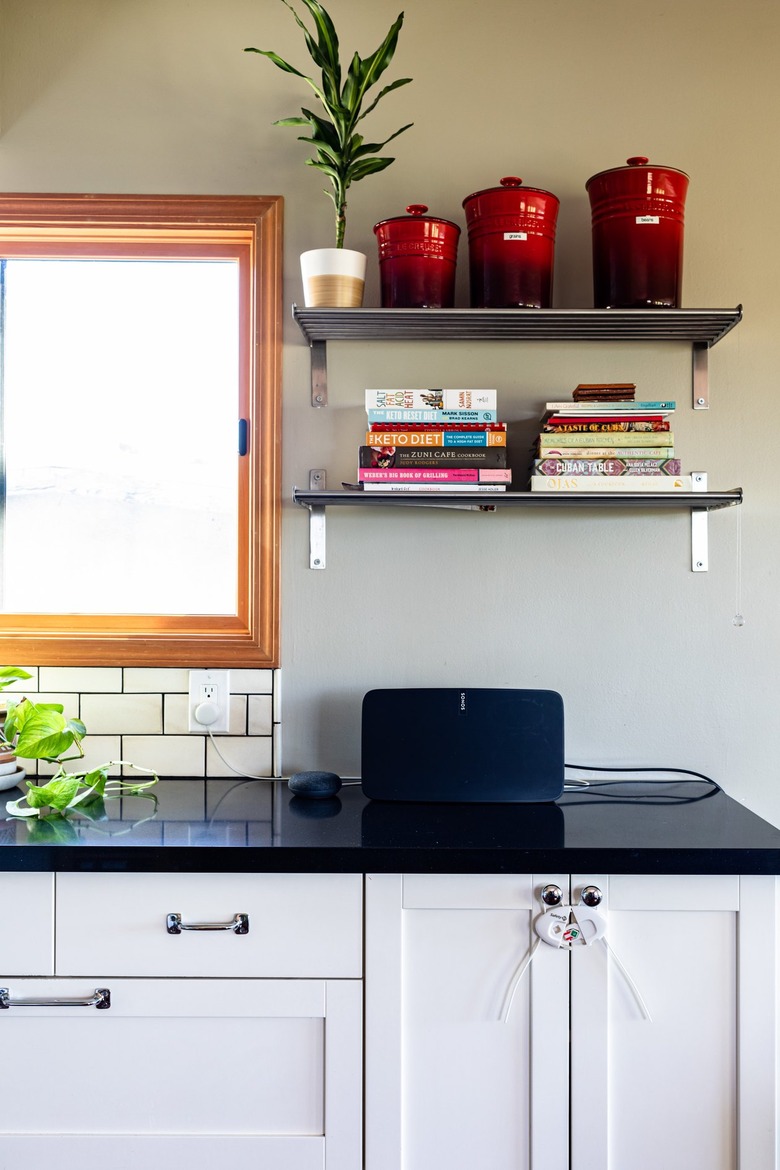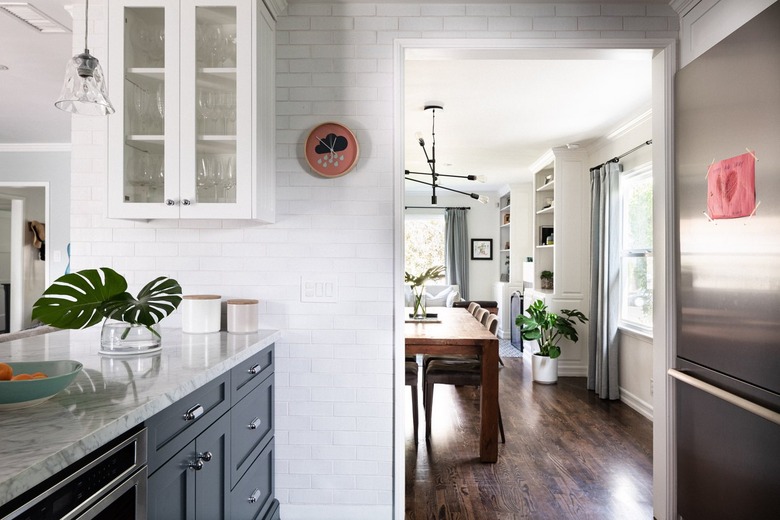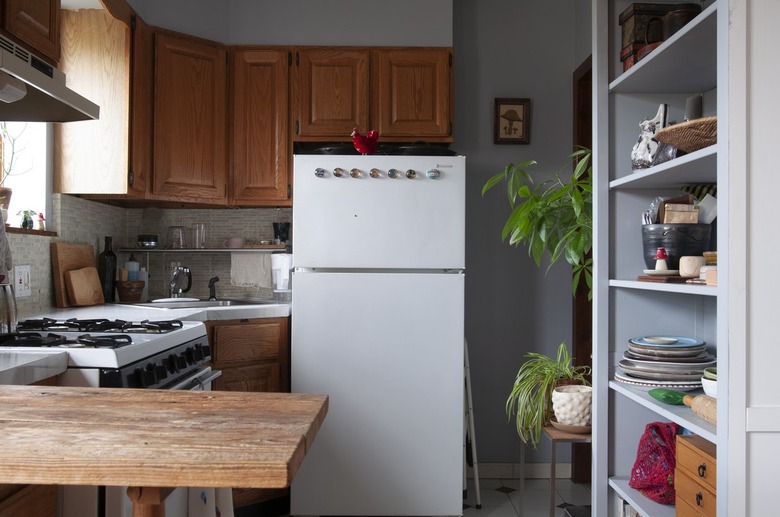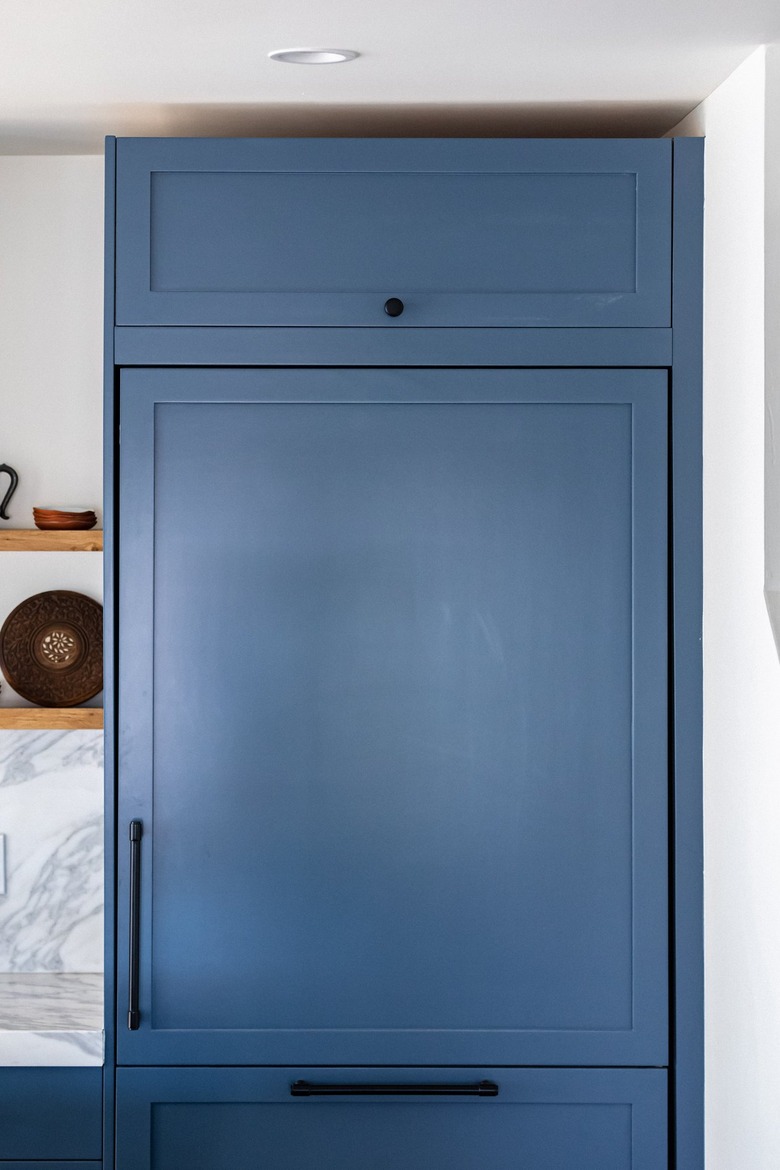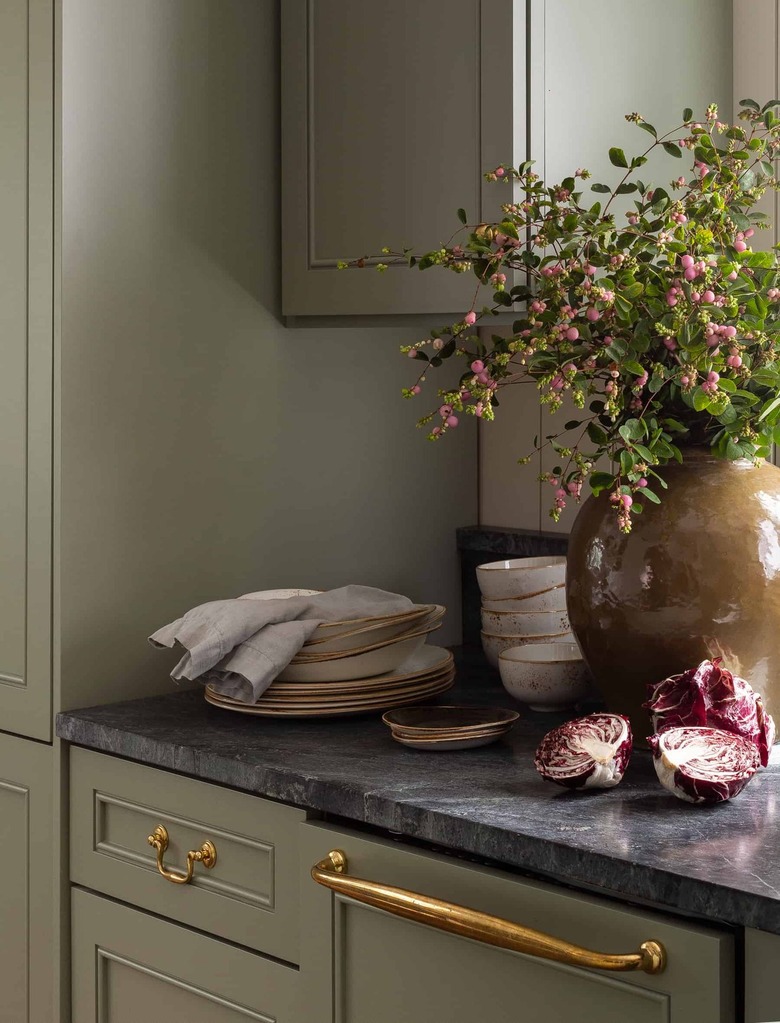Shaker Style Kitchens And Cabinets: What You Should Know
Synonymous with simplicity, understated style, and unmatched craftsmanship, Shaker design is characterized by clean lines. And when it comes to the kitchen, this style adds depth and interest — usually to cabinets and drawer fronts — without being visually overpowering. Though Shaker attributes have traditional roots, they can work beautifully in spaces that are contemporary, transitional, and modern. Ready to learn more about this classic look? Let's dive in.
Tip
A Shaker-style kitchen showcases the minimalism touted by a religious sect known as the Shakers, who believed everything needed to serve a functional purpose. Therefore, these cook spaces don't typically feature elaborate ornamentation.
Origins of Shaker Style
Origins of Shaker Style
The Shakers were a religious sect — founded in mid-18th-century England and in existence until the early 20th century — that shunned materialism. According to PBS, the Shakers were firm believers in celibacy, and they advocated strongly for adoption. Their communities separated men from women and featured dormitory-like homes with multipurpose rooms.
Cleanliness and durability were important to the Shakers. According to Fitzgerald Kitchens, the furniture designs focused on quality, joinery, and standardization. For example, pegboards surrounded rooms and wooden chair backs featured cut-outs so chairs could be hung on the walls when not in use, leaving the floor space available for other activities.
Shaker-Style Cabinetry and Millwork
Shaker-Style Cabinetry and Millwork
Shaker kitchens have become classic in home design thanks to their clean lines, well-proportioned frames, and inset panel design. Any ornamentation is minimal. You might see things like a tapered post leg for a kitchen island, a gentle curve to a window valance, or a subtle mitered edge on a light valance or crown. Cherry and maple solid woods, simply finished with either furniture wax or oil in warm wood tones, were historically popular. However, today's Shaker kitchen components are just as likely to be laminate-wrapped, painted, or stained.
Finishing Off Your Shaker Kitchen
Finishing Off Your Shaker Kitchen
Quartz and granite are typically the first choices when it comes to current kitchen countertop materials in a Shaker kitchen. A more historically accurate cook space, however, would feature soapstone with edges that were squared and polished. And the flooring was typically varnished, wide timber planks or stone. The walls and ceilings were usually white or cream
Color was introduced through simple woven fabrics that featured gingham or check. If the cabinetry, paneling, or pegboards were painted, the shades were limited to those that could be produced from local clays and plants, such as terra cotta, earthy pinks, ochre, and olive green. Cabinet pulls and pegs were turned wood or hand-forged metal.
Contemporary Shaker Kitchens
Contemporary Shaker Kitchens
Shaker-style kitchens may typically feel more traditional, but there are ways to give these spaces a fresh revamp that feels high-quality. If you're ready to explore the contemporary side of decor, first give all of your appliances ample consideration. Steer clear of anything that feels dated. And go for sleek stainless steel finds, instead. A French door fridge along with a complementary minimalist range and wall oven will give a traditional kitchen, the updated interior design it deserves. The added bonus to all new appliances? You can prioritize finding models with enhanced features and smart technology. The resulting mix of old and new will look both effortless and perfectly layered.
And don't stop there. Yes, your Shaker-style cabinet doors will have old-world charm, but any homeowner can give the fronts a quick remodel with bright white paint and new knobs.
3 Types of Shaker Style Kitchen Cabinets
Raised Panel
You'll rarely see a modern kitchen equipped with raised panel Shaker cabinets and drawer fronts. And that's because this style lends itself to more traditional and classic cook spaces. The raised detail works especially well when it's left in a natural state that lets the wood grain shine. So feel free to skip the paint, and go with a rich wood stain or Danish oil. Just be prepared to pay a bit more for this option.
Flat Panel
Flat or recessed center panel Shaker cabinets are perfect for those who want a mix of old and new in their dream kitchen. In fact, this pared-back style features many of the hallmarks of true Shaker design. There may not be intricate carvings, but a simple border around an otherwise flat cabinet front creates intrigue without being overwhelming. Try this look if you have a small kitchen space that needs a little extra pizazz. And you can even add a surprising color to make the classic style feel more modern.
Applied Molding
Applied molding Shaker cabinet doors are incredibly detailed in the best possible way, as evidenced by this new kitchen design from Heidi Caillier. An internal border accompanies the customary natural wood trim on flat panel cabinets and can be painted in the same color as the door fronts or in a contrasting shade for a more unexpected look.
